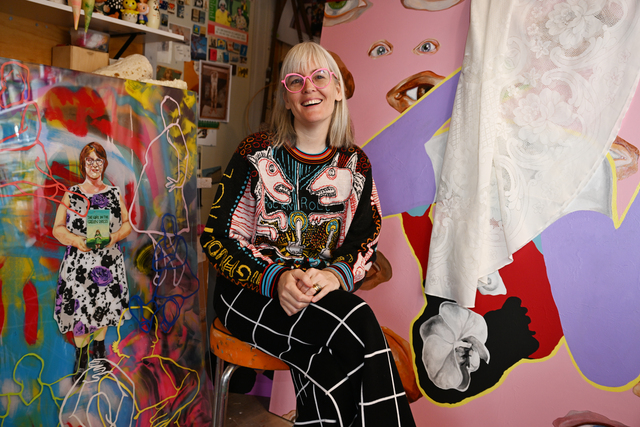Big development doesn’t get much love these days. There’s not a whole lot of affection for the concrete realisation of high-density planning policy – a policy that most governments only whisper about, right before they abandon the idea at the first whiff of a resident-led backlash.
So it was amazing to hear someone called a landscape sociologist, and a fervent environmentalist at that, come out in heated support for big buildings.
At a community forum the other night, within The Edge at Federation Square, the City of Melbourne hosted a discussion looking at how two crucial ecosystems – human and environmental – can happily coexist in a highly urbanised setting.
All the speakers were fans of the city – the big, brash, built-up city – and they were champions of the natural environment, too. They had an intrinsic understanding of how good policy allows the two systems to support each other, and of how bad policy allows both to fail. They see a human dividend of happiness, and a guarantee of urban longevity in the proper custodianship of the natural environment.
Professor Thomas Elmqvist from Stockholm University, a specialist in natural resource management, was a special guest. Professor Mark McDonnell from the Royal Botanic Gardens, conservationist Dr Chris Ives and Professor Ruth Beilin were lively panelists.
A bloke in the crowd lamented that yet another block of land in the inner north was about to be developed into a multistorey apartment monster unless something was done. He was hoping to get support for a Commons-like development, referencing the celebrated “eco-village” in Brunswick: a small number of apartments, green roof, and 8-star energy rating. Wouldn’t that be a better outcome he asked?
Professor Beilin from the University of Melbourne fixed him with a hard look.
“I don’t want to be rude, but that’s a really middle-class response, frankly.” (Audible intake of breath from the middle-class room.) “Not everyone can afford something like The Commons, it’s not going to house enough people and actually we need those big developments, we just need to insist that they provide open, green space, that they use water well, fit into their neighborhood.”
It was a rousing speech of support for big development, and a not-so-gentle dig at the sometimes snooty boutique (read: expensive) nature of so-called eco architecture. Instead, Beilin, and all the panel, saw the value in high-density living, just as long as those doing the densifying could also see the value – social, economic and psychological – of taking care of the natural environment.
Beilin went further and said architecture had a role to play in educating people about custodianship of the environment: “Show us your pipes!” she said of the importance of buildings and streetscapes revealing the mechanism of storm-water harvesting and water reticulation, irrigation of green roofs and walls.
The City of Melbourne is doing some fascinating work in storm-water harvesting and all the speakers wanted to see this approach become a basic council service.
While this might seem like fringe “green” thinking, citizens of the so-called leafy suburbs have long understood this concept. Suburbs from Melbourne to Sydney, New York to Chicago have always been expensive, exclusive and sought after. They are green. They have cooling, consoling tree canopies, extensive parks, green open spaces and quiet, wide streets. Gardens are productive and relaxing.
Residents here understand the psychological advantages of living in a beautiful treed environment. They get the importance of capturing and using water well, retaining trees and keeping open spaces. If they didn’t, they’d all be fighting to live along the Tullamarine Freeway. Inner or outer suburbanite, when the sun beats down and the north wind blows, deep down, we’re all environmentalists.
Virginia Trioli is co-host of ABC News Breakfast on ABC1 and ABC News 24, 6-9.30am weekdays.







